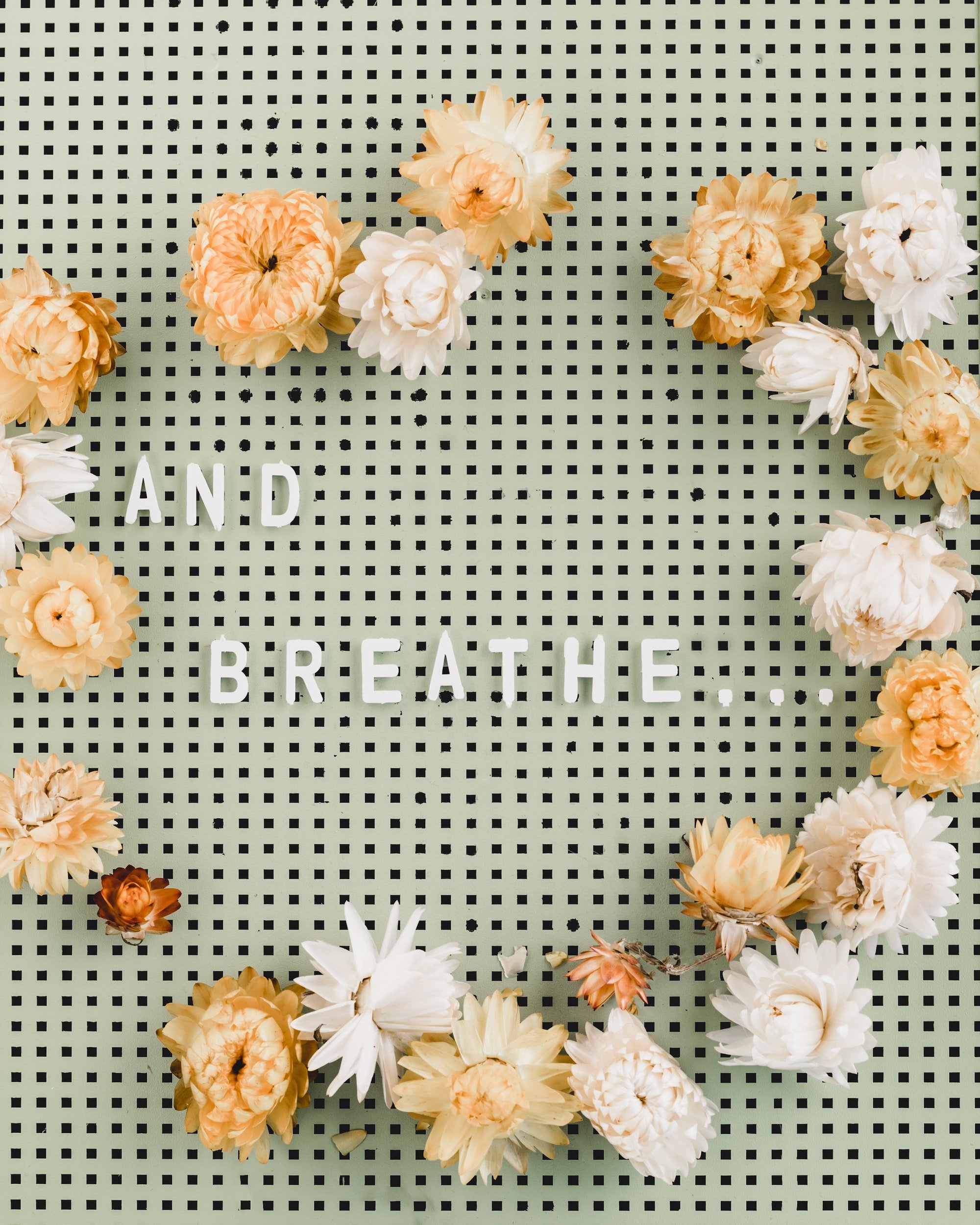Connect with me!
Tell me the number one thing that you want to understand about your pain?

Kinesiophobia: How Safe Do You Feel In Your Body Right Now?
I’m willing to bet that in your years of chronic pain treatment, that no one helped you sort through your own personal barriers to engaging in it: barriers such as pain caused by the recommendations, painful therapy sessions, immobility, lack of motivation, even depression.
FEAR.
What is often NOT talked about, and often given much less attention is fear. It feels only natural to avoid things that cause pain, even when we are told that those are the key to rehabilitation after an injury, lessening pain, or getting back some quality of life.
But did you know that natural fear can turn very quickly into psychological avoidance, which can ultimately evolve into something called kinesiophobia. I’m also willing to bet that you haven’t heard this word before.
Kinesiophobia is simply a big, fancy, sciency word for fear of movement that would be considered irrational and/or excessive. This is likely a new term for you and it's something that becomes more possible the longer that you've had pain.
When people suffer from chronic pain AND kinesiophobia, they experience more intense pain, more easily provoked pain, more avoidance, and, very importantly, more fear of activities that they believe will worsen pain. Fear of pain can actually make even non-painful "triggers" feel much worse than they actually are.
Other effects of kinesiophobia:
- Limited range of motion (due to avoidance of stretching, exercise, or other activities)
- Poor motor coordination (due to unconventional use of other muscles to avoid using the painful area)
- Pain-related negative thoughts/catastrophic thinking (worst-case and fearful thinking
- Reduced quality of life (due to significantly lowered ability to perform even simple tasks)
- More pain (due to disuse, disability, stiff or atrophied joints and muscles, secondary health issues that have developed, possibly even reinjury because everyday activities and movements have become unattainable).
And while there's often a reasonable chance of soreness or even some pain with some activities with chronic pain, there is only minimal risk of worsening the chronic stable condition, or reinjuring oneself.
How do you know if you have kinesiophobia? Here are some questions you can ask yourself…
Do you feel afraid of injuring yourself with exercise?
Do you believe your body is communicating to you that something is seriously wrong?
Do you often feel like people aren't taking your pain conditition seriously enough?
Do you feel like your body is fragile or weak every since your injury?
Are you afraid of accidentally injurying yourself?
Do you avoid activity all together? Or stop activity immediately upon feeling pain to avoid reinjury or worsening your condition?
If this sounds all too familiar, you may consider speaking with your doctor, physical therapist, or pain psychologist about whether your experience may represent true kinesiophobia so that it can be directly addressed.
And how can you get yourself back to safety when you're having these experiences?
Start with education - about pain, about all of the factors that can impact it, about the fear-avoidance cycle of pain, and about how to send messages of safety to your nervous system. About pain neuroscience. I think that no matter where you go in your treatment beyond this education (CBT, physical therapy, meditation, engaging in life and activities again, etc…), this will always be a necessary foundation for success toward overcoming pain.
Education provides the power to take the next step in managing your pain. You want to do the things you enjoy (or even basic daily activities) without flaring up your pain. For a limited time, you can grab my free video tutorial to get you started:
3 Simple Steps to a Balanced Day... Without the Flare-Ups.
This free video tutorial is dedicated to helping women with pain begin to find confidence to return to the moments, activities, and people they love the most.
BACK PAINCAN MENOPAUSE CAUSE PAINCHRONIC PAINCHRONIC PAIN CYCLECHRONIC PAIN DEFINITIONCHRONIC PAIN HELPCHRONIC PAIN JOINTSCAN FEMALES HANDLE MORE PAINCHRONIC PAIN RELIEFCHRONIC PAIN
© 2024 | Anna Redmond, LLC | drannaredmond.com
